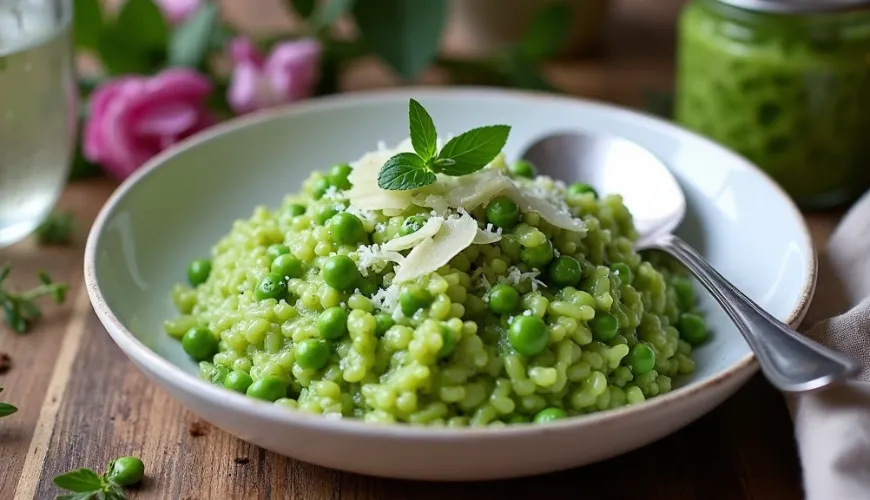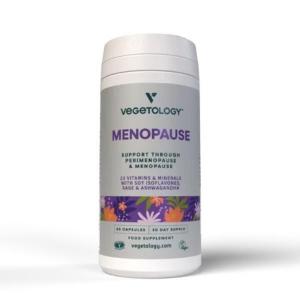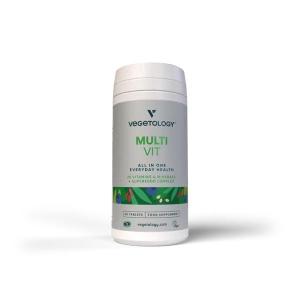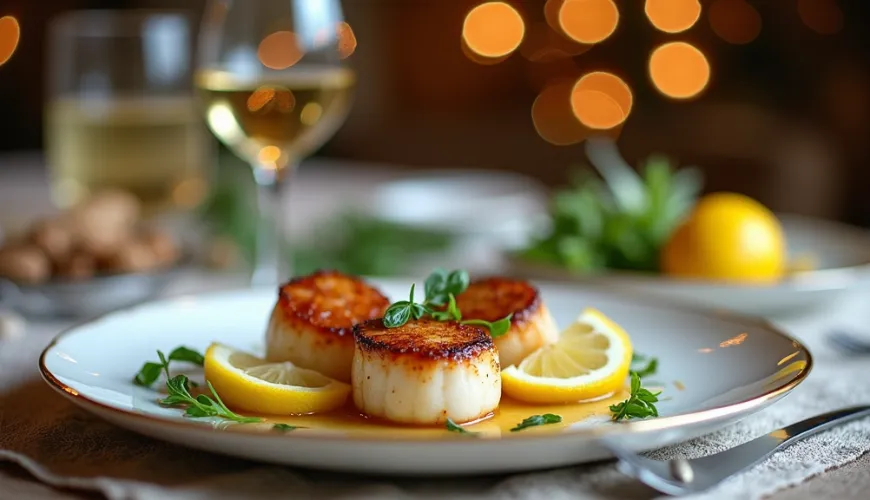
Find out how to make creamy pea risotto at home without stress

Creamy Pea Risotto as a Fragrant Spring Classic
When you think of Italian cuisine, most people imagine pasta, pizza, and perhaps tiramisu. But the true gem among Italian dishes is something much more delicate – risotto. A dish that is prepared slowly, with love and care, often with simple ingredients. And pea risotto is a beautiful example of how a dish made from basic ingredients can taste like a festive feast. The combination of sweet peas, creamy texture, and the taste of Parmesan creates a meal you will fall in love with at the first bite.
Risotto has been prepared in Italy for hundreds of years, but it has only gained popularity in Czech kitchens in recent decades. Perhaps because it seems complicated at first glance. The truth is, it mainly requires patience – and quality ingredients. And when you add fresh green peas, it becomes a spring dish that smells of freshness and sunshine.
Why Pea Risotto?
Unlike regular pasta dishes, risotto has the advantage of being adaptable to the season and the contents of your pantry. Peas are a great choice for the spring and summer months – they are sweet, juicy, and full of vitamins. Moreover, they pair excellently with other ingredients like Parmesan, onion, or white wine. With the right preparation, a creamy pea risotto emerges, captivating with its subtlety and simplicity.
Peas are not only tasty but also nutritious. They contain fiber, vitamin C, vitamin K, and iron. Thanks to this, pea risotto is not only delicious but also beneficial for health. And when prepared without meat, it is also ideal for vegetarians or as a lighter dinner during the workweek.
Try our natural products
Imagine a plate full of verdant risotto, into which a spoon dives and from which a gentle aroma of butter, wine, and fresh Parmesan wafts. In each bite, you taste sweet peas, complemented by the smooth taste of the onion base. This dish is like a spring meadow – fresh, lively, and naturally beautiful.
What Makes Pea Risotto Creamy?
One of the keys to the creamy consistency of risotto is not cream, as it might seem, but the method of preparation. Creamy pea risotto is prepared by gradually adding stock, during which starch is released from the rice – usually arborio or carnaroli. This starch acts as a natural thickener and gives risotto its characteristic smooth texture.
An important component is also Parmesan – a mature cheese added to the risotto at the end. It not only enhances the flavor but also contributes to creaminess. When the cheese melts, it combines with butter and starch from the rice to create a smooth, semi-liquid consistency. The result is pea risotto with Parmesan, which is an ideal example of a simple dish with surprising depth of flavor.
Interestingly, in Italy, risotto is considered a "first course" – similar to soup in our culture. Yet it stands as a main dish, especially when supplemented with sautéed spinach leaves, crunchy pine nuts, or even a poached egg.
Inspiration from a Small Apartment
Imagine a young couple returning home to their city apartment after work. It's spring outside, the sun is shining on the window sills, and the first fresh pea pods have finally appeared at the market. The decision is quick – risotto it is. In the small kitchen, the scent of butter, onion, and garlic fills the air, white wine slowly evaporates on the stove, and vegetable stock bubbles in the pot next door. The peas are briefly blanched and blended with a bit of stock into a smooth purée, which is added at the end of cooking. The result is green, velvety, fragrant creamy pea risotto with Parmesan, eaten straight from deep plates while blackbirds sing outside the window.
In such moments, one realizes that the taste of home is not made of complex recipes or exotic ingredients, but simple meals prepared with care and joy.
Tips for Perfect Pea Risotto
When preparing pea risotto, it's good to follow a few steps that will affect the result. It's nothing complicated, just give the dish time and attention.
- Use only short-grain rice – arborio or carnaroli are ideal as they release starch, which creates creaminess.
- Stir often, but not constantly – stirring helps release starch and prevents burning.
- Add stock gradually – always wait until the liquid is absorbed before adding another ladle.
- Add peas at the end – otherwise, they lose their fresh color and flavor.
- Don't skimp on Parmesan and butter at the end – these two ingredients create the right final texture.
And if you want to spice up the dish, you can add lemon zest, herbs like mint or thyme, or a few drops of truffle-flavored olive oil. Every detail can elevate the flavor to a whole new level.
Pea Risotto in the Context of Sustainability
One more thing makes pea risotto a great choice – it fits into the concept of more ecological and sustainable eating. Peas can be grown locally, without extensive transport, and their seasonality means a lower ecological footprint. Risotto manages without meat, produces no unnecessary waste, and ingredients can be sourced in organic quality or without packaging.
From a healthy lifestyle perspective, pea risotto offers a combination of quality carbohydrates, plant proteins, and fiber. It's light but filling, and thanks to its variability, it suits both a regular lunch and a festive dinner.
As the Italian saying goes: Chi va piano, va sano e va lontano. – He who goes slowly, goes safely and goes far. Just like risotto – when we give it time, it rewards us with its flavor.
So if you're looking for a simple, tasty, and healthy dish that smells like spring, pea risotto with Parmesan is the ideal choice. You don't need to be a chef to succeed – just have a few ingredients, a bit of patience, and a passion for cooking with heart.







